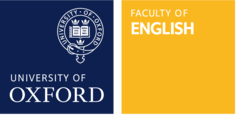This article examines Thomas Nashe's relationship to the rich legacy of mid-Tudor vernacular literature. It asks: What were his ideas about style and authorship, and how do they relate to his assessments of the mid-Tudors? It presents a reading that illustrates Nashe as politic and pragmatic — whose concern that ‘Arte’ should not be ‘bankeroute of her ornaments’, nor ‘Poetry’ sent ‘a-begging up and down the Country’, is simultaneously a concern with his own authorial ethos and his employability in some service by those close to the Privy Council. It is a reading, however, that is plausible only for the Nashe who wrote The Anatomy of Absurdity, the Preface to Greene's Menaphon, and An Almond for a Parrot. The drying up of ecclesiastical patronage after 1592 encouraged Nashe to become the kind of writer that Philip Schwyzer has characterized as radically and even self-destructively experimental.



